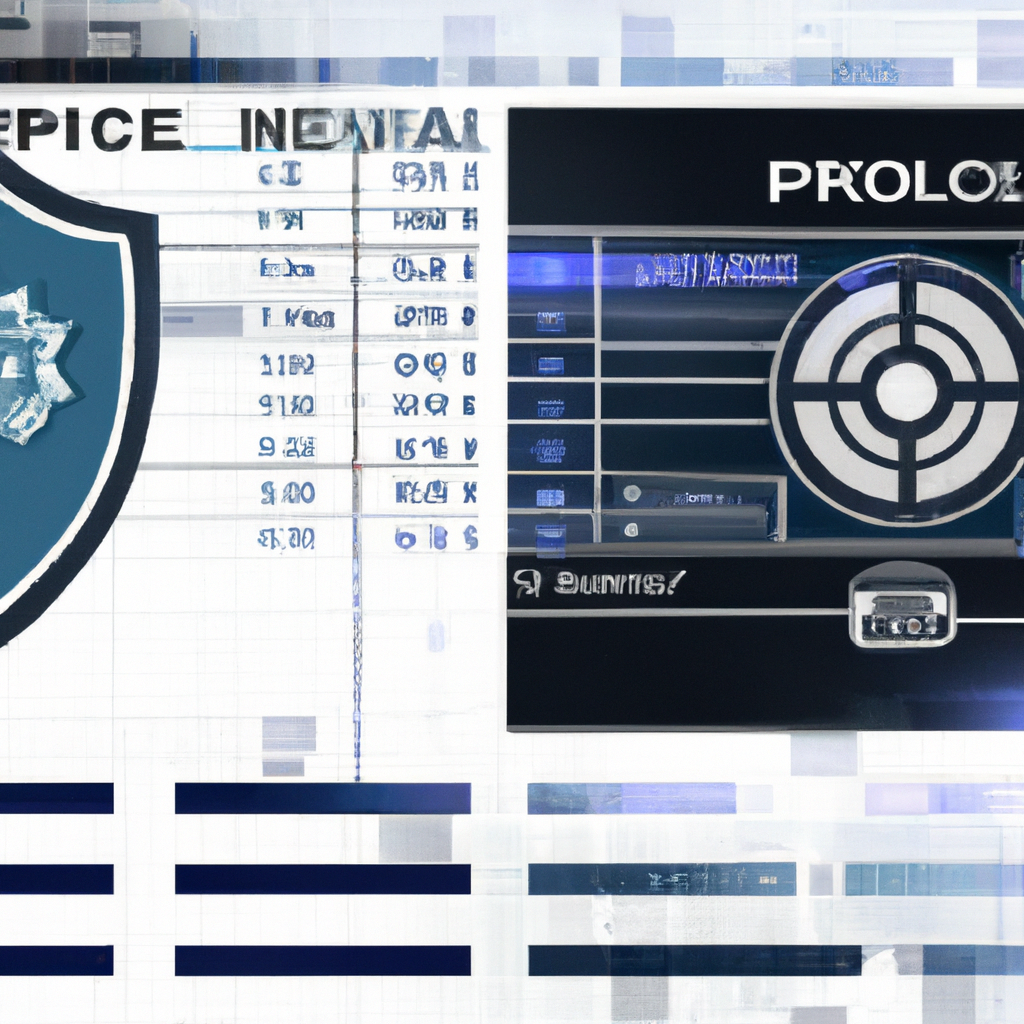
Key Points
- A software firm sells a notably inaccurate algorithm to a New Jersey police department
- The controversial algorithm was right less than a measly 1 percent of the time
- Details surrounding the algorithm’s purchase and application remain murky
- Questionable efficacy and ethical implications spark public outcry and legal concern
- Experts argue for stronger regulation and transparency around AI technology
- The case poses as an emblematic instance of problematic AI deployments in law enforcement
When Algorithms Get It Wrong, It’s No Laughing Matter
It’s like a bad joke you’d hear at a math conference: What do you call an algorithm that’s right less than 1% of the time? A purchase made by a New Jersey Police Department, apparently. This comedic trip down Acronym Avenue is brought to you by the marriage of law enforcement and artificial intelligence technology – a union that, in this case, has ended up in algorithmic annulment.
The Ghost In The Machine
The sophisticated-yet-muddled software peddled to the department was touted as an all-seeing eye, a divine oracle of ones and zeros capable of predicting criminal activity before it occurs. With expectations higher than a drone on mission mode, the force welcomed their cutting-edge companion with open arms and wallets.
Predictive policing, the idea that we can use technology to forecast where crimes are likely to occur, is a popular concept in sci-fi pop culture and the police world. However, the algorithm’s accuracy, or rather the lack of it, is causing more laughs than arrests. The ‘oracle’ turned out to be as reliable as a psychic octopus playing spin-the-bottle.
Did Someone Say Transparency?
Part of the issue here isn’t just the big sloppy wet raspberry the algorithm seems to be blowing at its users. It’s the vagueness around the whole operation. The details of the algorithm’s purchase and application have been shrouded in mystery. The public, unsurprisingly, is less than thrilled about a piece of faulty AI playing a role in matters of public safety.
The Outcry
The uproar over this AI fiasco isn’t just a grassroots pushback either. Legal experts and AI ethicists have joined the cacophonous refrain: stronger regulation and transparency around AI technology is needed. The New Jersey algorithm serves as a glaring example of AI deployments gone wrong in law enforcement, highlighting both the technical and ethical pitfalls.
Next Steps
The question that looms large over the botched operation now is what comes next. There’s a growing consensus that public discourse, accountability, and transparency need to be an integral part of AI development and application.
A Hot Take: The Jersey Joke
At the risk of sounding like a broken MP3 file, I would like to point out the conspicuous elephant in the server room: this algorithm issue paints a perfect picture of the crudeness present in the world of AI technology. We’re fumbling with AI like a teenager with his first ever smartphone: intrigued yet clueless; fascinated yet flummoxed.
The joke here isn’t the algorithm’s 1% accuracy rate; it’s in the system that allowed such a clumsy piece of machinery to be part of an apparatus as significant as law enforcement. What we’ve got is a classic case of technological ambition outpacing practical capability and ethical infrastructure.
The take-away isn’t to abandon AI in law enforcement altogether – if configured correctly, AI could play an indispensable role in creating safer communities. Instead, it’s a call to ensure a higher level of scrutiny, transparency, and ethical contemplation before we let the robots drive the police car.
Here’s hoping the folks over at the New Jersey Police Department get their laughs, and their algorithms, in order.